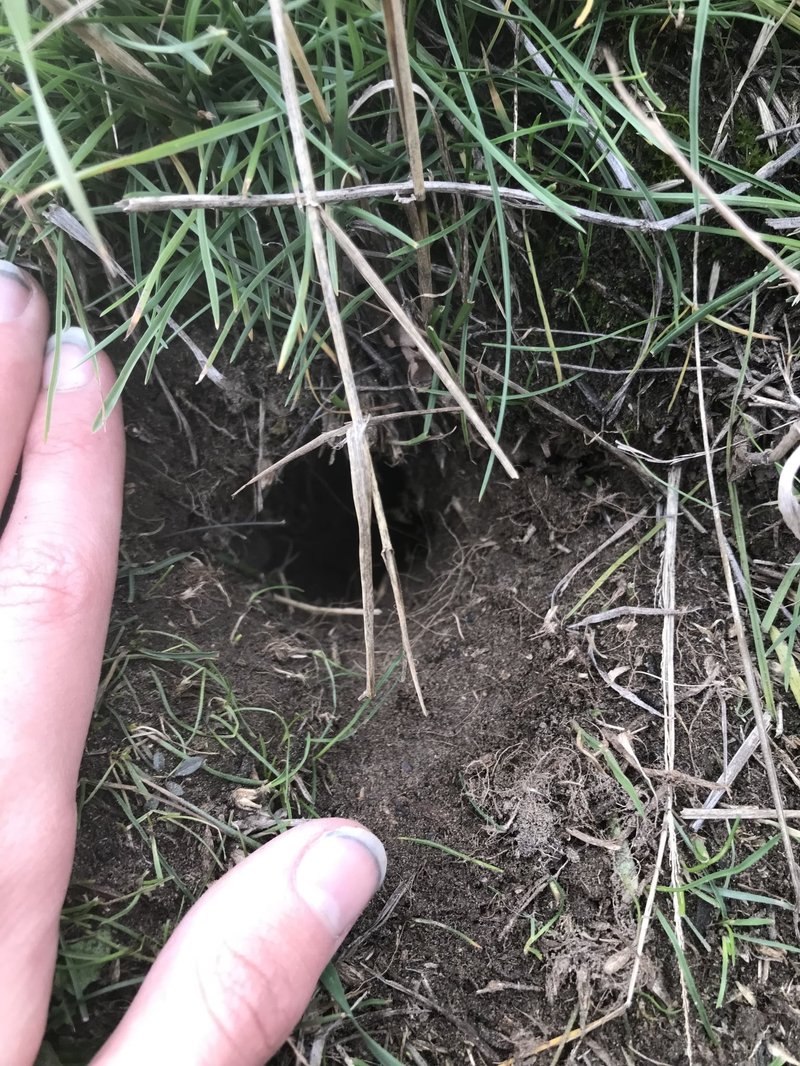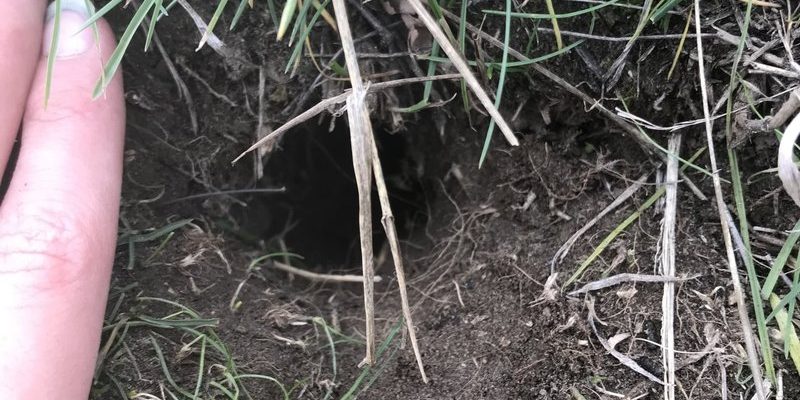
Now, let’s add another layer of intrigue—wolf worm egg sites. These are not your average garden pests but rather fascinating parasites that have a unique life cycle linked deeply with their rodent hosts. So, how do these two seemingly different subjects connect? Well, the burrows rodents dig create the perfect environment for wolf worm eggs. Join me as we explore the world beneath our feet, uncovering the ways wild rodents and wolf worm egg sites interact with one another.
Understanding Wild Rodent Burrows
Wild rodent burrows are like nature’s little apartment complexes. They provide shelter and safety for species like mice, voles, and gophers. Typically, these burrows are intricate systems of tunnels leading to chambers that serve various purposes. Some might be living quarters, while others act as storage rooms for food. Isn’t it fascinating to think about all the life happening just a foot away from where we walk?
These burrows can vary significantly depending on the species. For instance, a gopher’s burrow might extend several feet deep and include multiple entrances, making it hard for predators to catch them. On the other hand, field mice tend to dig more shallow, often creating small networks that serve them just fine. Each burrow is a testament to the adaptability of these animals in their specific environments.
Rodent burrows also play a vital role in the ecosystem. They help aerate the soil, which promotes healthy plant growth. As rodents move through their tunnels, they also help decompose organic material, enriching the ground further. Honestly, if we take a moment to appreciate these little architects, we can see that they are not just pests; they are essential players in their ecosystems.
How Rodents Create Their Burrows
So, how do these small creatures manage to dig such complex burrows? Well, it all starts with their strong front teeth. Rodents have continuously growing incisors, which means they need to gnaw on things to keep them at a manageable length. This constant chewing helps them create the tunnels they live in.
When a rodent decides to dig a burrow, it typically chooses a location that offers safety from predators and easy access to food sources. Once they pick their spot, they’ll start excavating by pushing soil away with their front paws while removing it with their mouth. You might be wondering how they don’t get lost in there. They have an innate sense of direction, which helps them navigate their tunnels even in total darkness.
One remarkable aspect of burrowing behavior is how rodents communicate during the process. They use scent markings to mark their territory, ensuring that their burrow is uniquely theirs. If another rodent happens upon the area, they’ll often think twice before moving in, thus maintaining a balance of space for each species.
What Makes Burrows Ideal for Wolf Worms?
Now, let’s shift gears and delve into the relationship between rodent burrows and wolf worm egg sites. You might not think of worms as being particularly exciting, but wolf worms are a different story. These parasites have a unique relationship with their rodent hosts, and their life cycle is fascinating.
Wolf worms lay their eggs in the burrows that rodents create. This is ideal for the eggs because the burrow offers safety and warmth, increasing the chances of successful hatching. Once the eggs hatch, the larvae can wait for a rodent to come along, a bit like a trap waiting to catch its prey.
The larvae then attach themselves to the rodent, typically around the skin or within the fur. This connection allows them to feed and grow, using the rodent as a host until they are ready to emerge and start the cycle again. It’s a bit like a sci-fi plot where creatures live off their hosts, but it’s all part of nature’s design.
You might wonder, does this relationship harm the rodent? While wolf worms can affect the health of their hosts, rodents are generally resilient. Some even develop ways to fight off or limit the effects of the infestation. This delicate balance between host and parasite showcases the intricate web of life beneath our feet.
The Ecosystem Impact of Rodent Burrows and Wolf Worms
The relationship between rodent burrows and wolf worms extends beyond individual species. Together, they influence the ecosystem. When rodents dig burrows, they create spaces that other species can inhabit, from insects to plants. These burrows can act as shelters for various small creatures, enriching the biodiversity of an area.
Then there’s the role of wolf worms in this equation. While they may not seem beneficial at first glance, they help keep rodent populations healthy. When a rodent becomes too infested, it can lead to natural selection, ensuring that only the fittest survive and reproduce. This process maintains a balance in nature, preventing overpopulation and the depletion of resources.
Furthermore, the decomposition of dead rodents, often affected by wolf worm infestations, returns nutrients to the soil. This cycle is essential for plant growth and supports the entire food web. So, you see, every part of this story contributes to the larger narrative of life in our ecosystems.
How Humans Can Help Protect Rodents and Their Burrows
Even though wild rodents and their burrows are critical to the ecosystem, they often face threats from human activities. Urbanization, pollution, and habitat destruction can severely impact their populations. If you care about preserving these fascinating creatures, there are steps you can take.
First, consider creating or maintaining natural spaces in your yard. Plant native vegetation that attracts rodents and other wildlife. The more diverse your garden, the healthier your local ecosystem will be. Additionally, avoid using harsh chemicals that could harm these animals or disrupt their habitats.
Another way to help is by educating others about the importance of rodents. By raising awareness, you can help shift perceptions about these creatures, often viewed as pests. Remember, every time someone learns about the role of rodents and the significance of their burrows, it can lead to a greater appreciation for the environment.
Lastly, supporting local conservation efforts can make a significant difference. Many organizations focus on preserving natural habitats that support rodent populations and their interactions with wildlife like wolf worms. Getting involved can be rewarding personally and ecologically.
Summing It Up: The Hidden World Beneath Our Feet
The world beneath our feet is a complex network of relationships, with wild rodent burrows and wolf worm egg sites playing crucial roles. Burrows serve as homes for rodents while providing a safe environment for wolf worm eggs to hatch. This connection represents a beautiful balance in nature that showcases the intricacies of life.
As we’ve explored, these two subjects reveal so much about the ecosystems we often overlook. They remind us of the delicate connections that sustain life and the importance of each species, no matter how small. By understanding more about wild rodents and wolf worms, we can better appreciate the natural world around us and take steps to protect it.
So next time you’re out for a walk and spot a little hole in the ground, take a moment to imagine the bustling life below. There’s a whole story happening underground, and it’s more fascinating than you might think!

